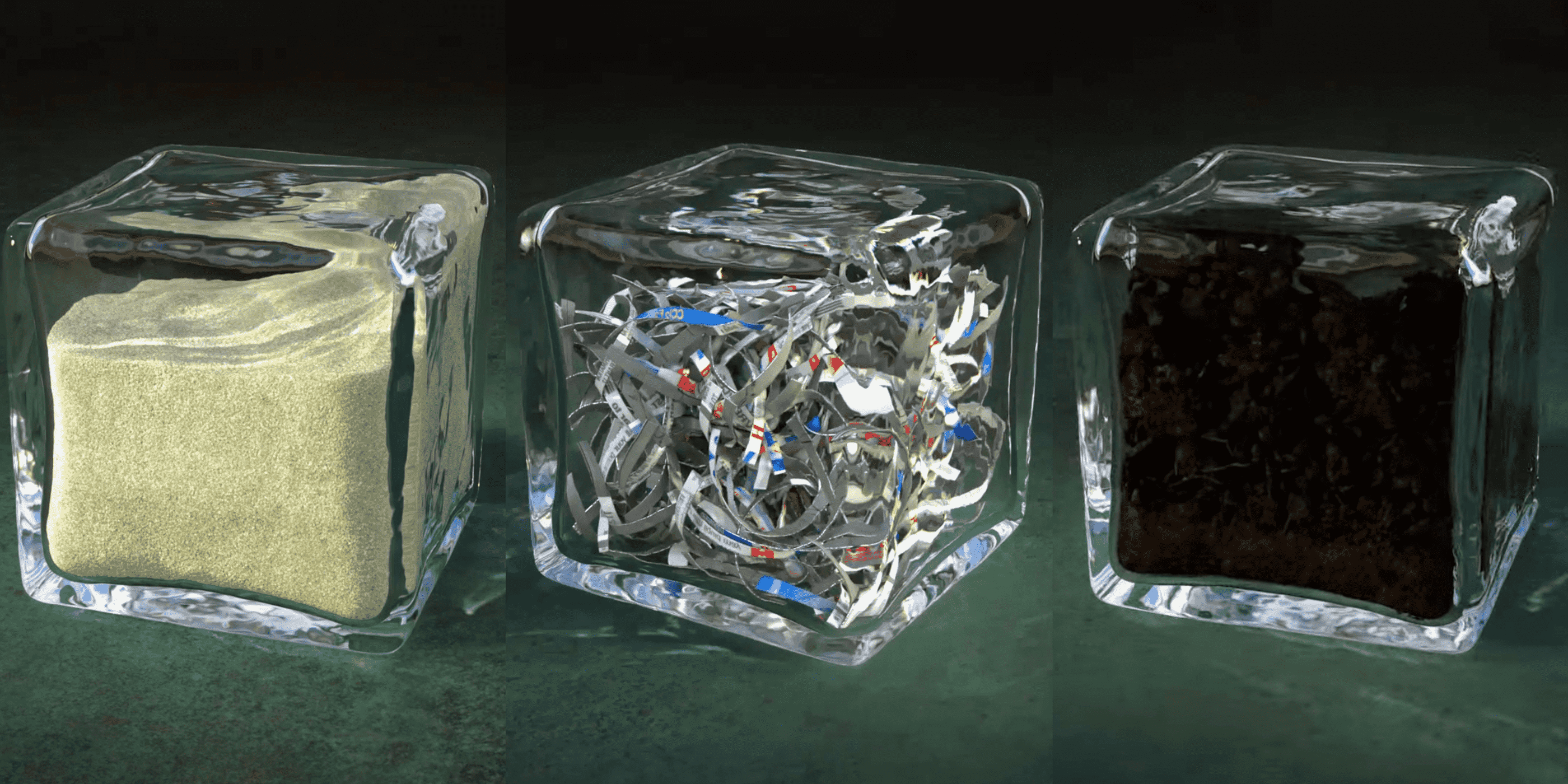Despite all the buzz and hype surrounding NFTs, the early stages of the technology have been mired in controversy. Perhaps the most often cited point of criticism for the technology — and cause for hesitation for any of its would-be adopters — is its environmental impact.
So, how bad is it? Los Angeles-based artist Kyle McDonald ran the numbers himself and went to social media to share his findings.
The price of progress
McDonald’s calculations essentially lined up with most public estimates on the energy consumption of Ethereum — the most commonly used blockchain for NFT transactions. Assuming the data is accurate (and it seems to be), it means that users on the Ethereum network consume more energy than a country like Argentina. If you weren’t aware, Argentina is home to more than 45 million people. Fewer than one million people currently use the Ethereum blockchain.
However, it’s not quite so doom and gloom when it comes to the actual impact NFTs have on the environment.
First, miners would continue to produce blocks for the blockchain even if there were zero transactions. Second, a potential solution exists to the massive amount of energy some blockchains consume. Specifically, energy-intensive blockchains can shift towards a proof-of-stake model for verifying transactions on the blockchain. It’s a process that is far less resource-intensive by design. New blockchains like Tezos have emerged that use this model, allowing the blockchain to use up to two million times less energy than Ethereum.
However, even with the emergence of more energy-efficient blockchains and plans to shift Ethereum to a proof-of-stake model later this year, the massive amounts of CO2 that the computers powering Ethereum have already released into the atmosphere still remains.
NFTs to save the day?
This is an issue that McDonald hopes to resolve himself via the launch of his new NFT project: Amends. It’s a digital collection of sculptures representing the total CO2 emissions generated by the three biggest NFT marketplaces on the planet: OpenSea, Rarible, and Foundation. The NFTs are also slated to be available for purchase on said platforms.
In an official press release, McDonald clarified the purpose of the project, saying that it isn’t enough to reduce our energy use. Humans need to sequester the emissions we already released. “The science shows that even if we end all emissions today, we still need to remove hundreds of billions of tons of historical greenhouse gases from the atmosphere and ocean. […] This work represents a major opportunity to take responsibility for a small portion of our impact on the environment,” he said.
McDonald’s collection is launching in partnership with three carbon removal organizations: Project Vesta, Nori, and Tradewater. As such, each sculpture created by McDonald not only represents one of the three biggest NFT marketplaces in the world, but also how each partner organization involved addresses CO2 emissions in their own way.
Project Vesta, representing OpenSea, releases olivine, a naturally occurring mineral on the shores of beaches all over the world. Once this dissolves into the water, it jump starts a natural process that captures CO2 from the atmosphere and de-acidifies the ocean over the span of a few decades. Without this direct intervention, the process would otherwise take millions of years. Get it? OpenSea…and Project Vesta helps fix the sea.
Nori, representing Rarible, works closely with farmers on the ground to implement regenerative practices, such as cover crop planting and no-till farming into their workflows. These practices help turn farmland into CO2 sponges, which in turn, improves the growth of a farmer’s crops.
Tradewater, representing Foundation, disposes and destroys canisters of refrigerants containing greenhouse gases far more potent than CO2 before they can make their way into the atmosphere.
Proceeds from the auction will go directly towards funding the carbon removal efforts of the three organizations. Notably, matching the total emissions generated by the three biggest marketplaces won’t come cheap. All in all, Amends’ total reserve price listing amounts to more than 17 million dollars. Additionally, prices for each piece go up in real-time, proportional to each marketplace’s projected amount of CO2 emissions generated due to energy consumption.




